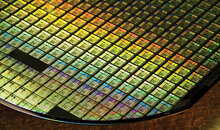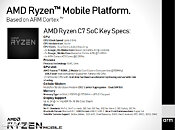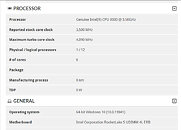
CES 2021 Cancelled, Online Virtual Expo in the Offing
The 2021 edition of the International CES has been cancelled, organizers CTA announced. The 2021 edition, like almost every other edition, was scheduled to take place between January 6-9, 2021. The CTA will now work to set up an "all digital experience" working with all its exhibitors. The show is now expected to only make a comeback in 2022, provided the COVID-19 situation improves. The pandemic still wreaks havoc across the globe, with most nations experiencing community spread. Mass vaccination before the turn of the year seems unlikely, with most vaccine developers yet to test their vaccine candidates.
"Amid the pandemic and growing global health concerns about the spread of COVID-19, it's just not possible to safely convene tens of thousands of people in Las Vegas in early January 2021 to meet and do business in person," CTA president and CEO Gary Shapiro said in a statement. Despite fears of the pandemic looming on exhibitors' and visitors' minds, the 2020 edition of CES drew more than 170,000 visitors and over 4,400 exhibitors (that's just for the official exhibitors, not counting the many more exhibiting in nearby locations).
"Amid the pandemic and growing global health concerns about the spread of COVID-19, it's just not possible to safely convene tens of thousands of people in Las Vegas in early January 2021 to meet and do business in person," CTA president and CEO Gary Shapiro said in a statement. Despite fears of the pandemic looming on exhibitors' and visitors' minds, the 2020 edition of CES drew more than 170,000 visitors and over 4,400 exhibitors (that's just for the official exhibitors, not counting the many more exhibiting in nearby locations).

























